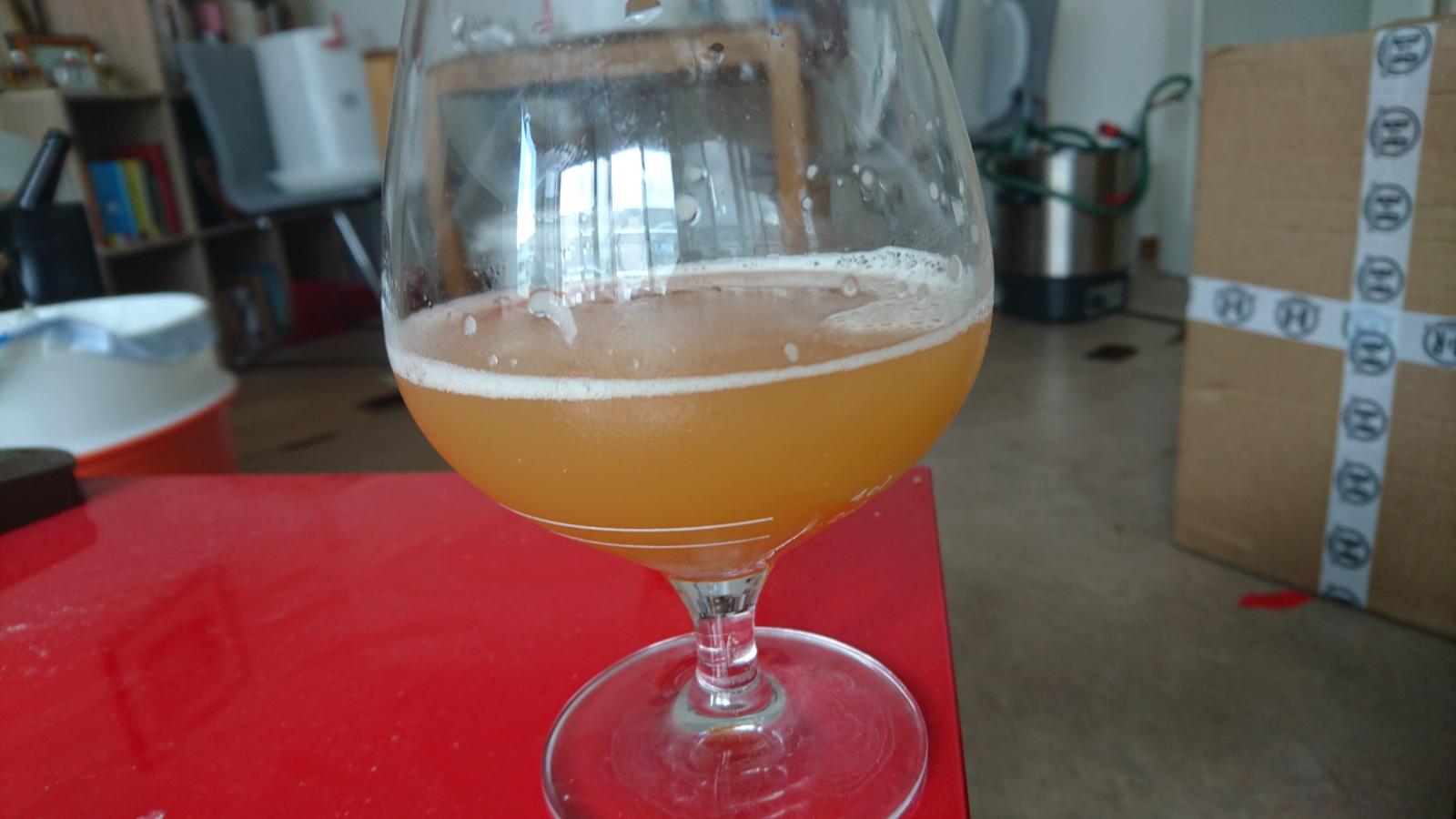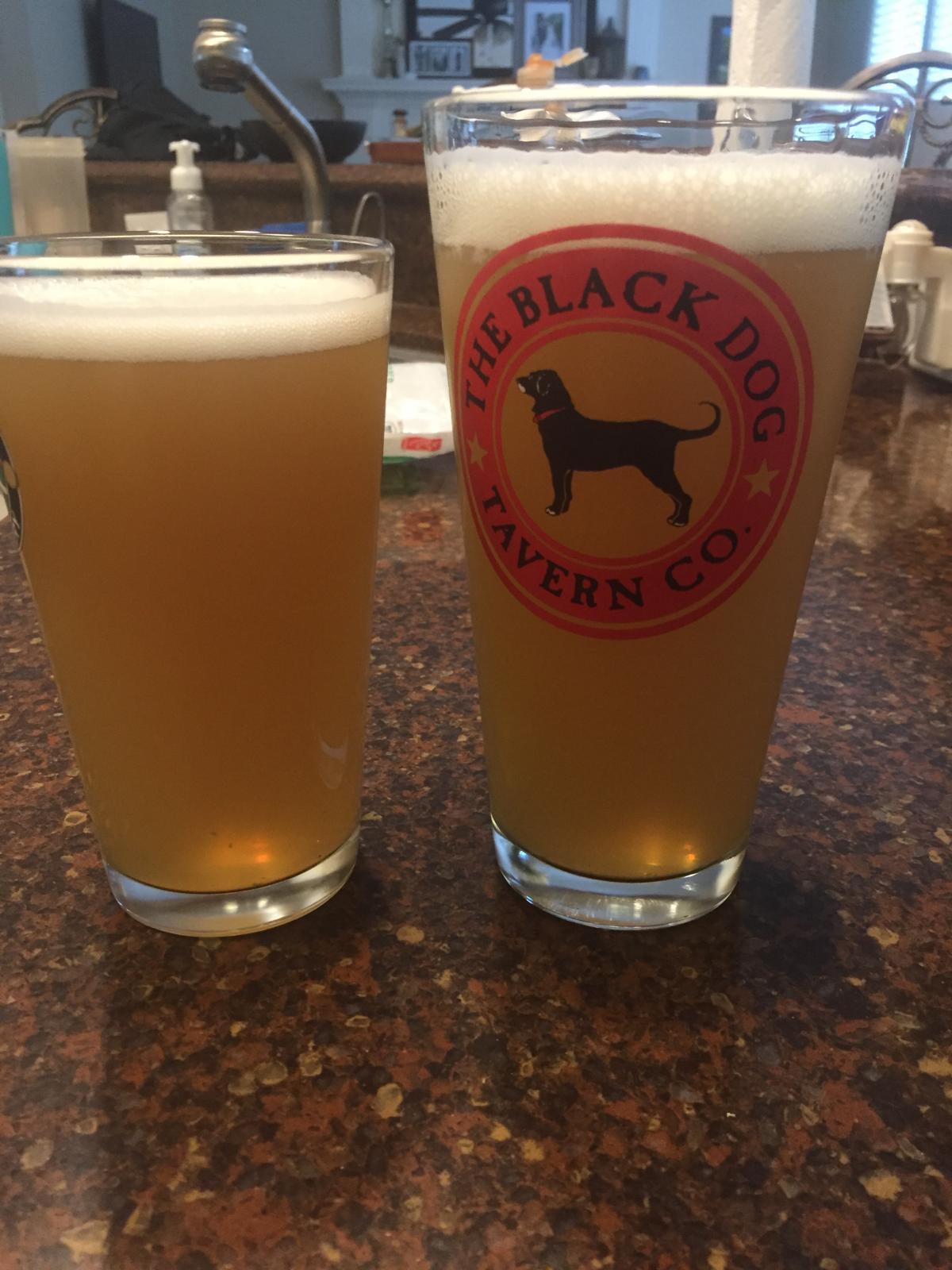Basically the take home for me is if you can limit your iron and cooper you should be able to reduce the amount of oxidation as well. I have since noticed that both wheat and oats are higher in iron than barley. Is it a meaningful amount, I don't know. I will also decrease or eliminate the amount of time I put my wort chiller into the boil for sanitation. I may try putting it a separate pot of boiling water. Here is one section of the article.
4.2. Reactive oxygen species in stored beer
Oxygen, in particular, causes a rapid deterioration of beer flavour, meaning that oxygen must initiate some very important aging reactions. The importance of reactive oxygen species (ROS) in beer staling was first indicated by Bamforth and Parsons (1985). In recent years, studies using electron spin resonance (ESR) with spin trapping reagents (Andersen & Skibsted, 1998; Kaneda, Kano, Koshino, & Ohyanishiguchi, 1992; Kaneda et al., 1988; Uchida & Ono, 1996; Uchida & Ono, 1999) and chemiluminescence (CL) (Kaneda, Kano, Osawa, Kawakishi, & Koshino, 1991) analysis made it possible to unravel the initial oxygen-dependent reactions (Fig. 2) see below.
Oxygen in the ground state (3O2) is quite stable and will not easily react with organic molecules. In the presence of ferrous iron (Fe2+) in beer, oxygen can capture an electron and form the superoxide anion
and Fe3+. Copper ions probably have the same behaviour and Cu+ is oxidized to Cu2+ (Kaneda, Kobayashi, Takashio, Tamaki, & Shinotsuka, 1999). It is believed that Cu+/Cu2+ and Fe2+/Fe3+ ions are part of a mixed function oxidation system in which polyphenols, sugars, isohumulones and alcohols might act as electron donors (Kaneda et al., 1992). The superoxide anion can be protonated to form the perhydroxyl radical (OOH ), which has much higher reactivity. The pKa of this reaction is 4.8, which means that, at the pH of beer, the majority of the superoxide will be in the perhydroxyl form. The superoxide anion can also be reduced by Fe2+ or Cu+ to the peroxide anion. In beer, this anion is readily protonated to hydrogen peroxide (H2O2). Hydroxyl radicals (OH ) can then be produced from H2O2 or the superoxide anion O2− by metal-induced reactions, such as the Fenton and the HaberWeiss reaction.
The reactivity of the oxygen species increases with their reduction status (superoxide anion < perhydroxyl radical < hydroxyl radical). The concentration of free radicals during the aging of beer increases with increasing iron/copper ion concentrations, with increasing oxygen concentrations or with higher storage temperatures (Kaneda et al., 1992; Kaneda, Kano, Osawa, Kawakishi, & Kamada, 1989). Furthermore, the free radicals are not always generated just after the start of the aging process, but can be formed after a definite time period, called the lag time of free-radical generation (Uchida & Ono, 1996; Uchida, Suga, & Ono, 1996). The lag-time seems related to the endogenous antioxidant activity of beer and can be used as an objective tool for its evaluation.
Hydroxyl radicals are one of the most reactive species that have been identified. Therefore, it was suggested that they non-selectively react with ethanol in beer because it is the second most abundant compound of beer and a good radical scavenger. The findings of Andersen and Skibsted (1998), which revealed the 1-hydroxyethyl radical as quantitatively the most important radical in beer, support this. The 1-hydroxyethyl radical arises in the reaction of ethanol with the hydroxyl radical. Generally, the reactive oxygen species (HOO , H2O2 and HO ) react with all kinds of organic molecules in beer, such as polyphenols, isohumulones and alcohols, resulting in various changes in the sensory profile of beer.
























































![Craft A Brew - Safale S-04 Dry Yeast - Fermentis - English Ale Dry Yeast - For English and American Ales and Hard Apple Ciders - Ingredients for Home Brewing - Beer Making Supplies - [1 Pack]](https://m.media-amazon.com/images/I/41fVGNh6JfL._SL500_.jpg)








